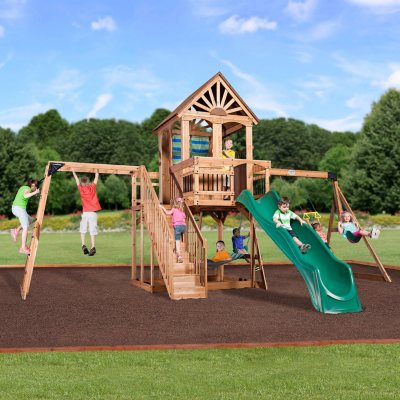Walt Disney World 50 Castle and Mickey Mouse Funko Pop! Town Vinyl Set – shopDisney
Golden memories are fondly recalled with this commemorative Pop! vinyl set marking the 50th Anniversary of Walt Disney World, featuring a gleaming Fantasyland Castle and Mickey Mouse himself.
Golden memories are fondly recalled with this commemorative Pop! vinyl set marking the 50th Anniversary of Walt Disney World, featuring a gleaming Fantasyland Castle and Mickey Mouse himself.
Created especially for Walt Disney World Resort
- Fantasyland Castle and Mickey Mouse
- Fully sculpted vinyl
- Golden Mickey Mouse sculpt
- Fantasyland Castle vinyl miniature with golden accents
- Comes boxed
- Number 26 in the Pop! Town Vinyl series
- Celebrating Walt Disney World’s 50th Anniversary October 1, 1971
- Part of the Disney Pop! Vinyl Figure Collection by Funko
- Exclusively at Disney
- Ages 3+
- Vinyl
- Approx. 7 1/2” H
- Imported
Item No. 889698589666






Reviews
There are no reviews yet.